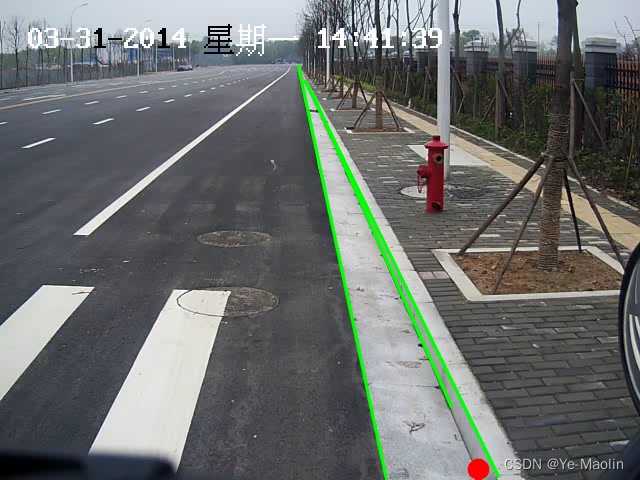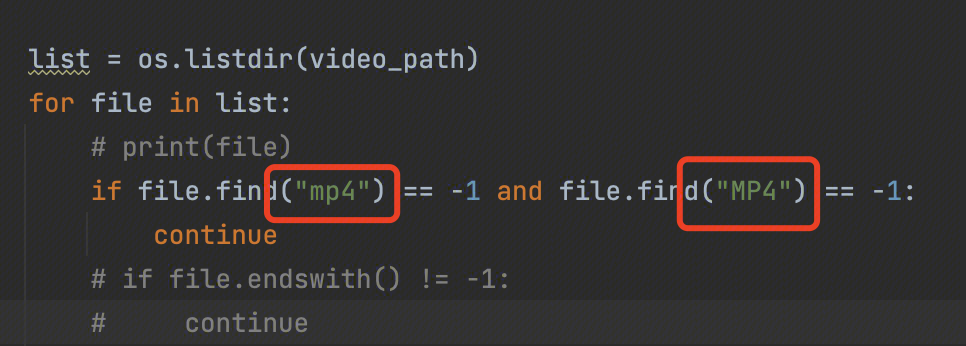MLSQL 对Python的支持之路
用户2936994
发布于 2018-10-11 06:59:21
发布于 2018-10-11 06:59:21
代码可运行
运行总次数:0
代码可运行
前言
Python是做机器学习框架一定要支持的。MLSQL很早就支持集成Python脚本做模型的训练和预测。
训练的使用方式:
load libsvm.`sample_libsvm_data.txt` as data;
train data as PythonAlg.`/tmp/model1`
where
pythonScriptPath="/tmp/train.py"
-- keep the vertion of every model you train
and keepVersion="true"
and enableDataLocal="true"
and dataLocalFormat="json"
and `fitParam.0.batchSize`="1000"
and `fitParam.0.labelSize`="2"
and validateTable="data"
and `systemParam.pythonPath`="python"
and `systemParam.pythonVer`="2.7"
and `kafkaParam.bootstrap.servers`="127.0.0.1:9092"
;可以看到,你可以直接指定一个python脚本路径。预测也是同样的:
load libsvm.`sample_libsvm_data.txt` as data;
-- register the model we have trained as a funciton.
register PythonAlg.`/tmp/model1` as npredict options
pythonScriptPath="/tmp/predict.py"
;
-- use the predict udf
select npredict(features) from data
as newdata;问题
前面的支持方式有三个巨大的缺陷,我们在实际使用过程中也是体会明显:
- 没有解决Python环境问题。因为是常驻服务模式,让问题变得更加复杂。
- 没有项目的概念。对于自己实现的复杂算法,不大可能放在一个脚本中,而且预测脚本和训练脚本往往会依赖一堆的基础脚本。
- 没有区分批预测和API预测。批预测适合在批处理或者流式计算中使用。API预测则适合部署成http 接口。
解决办法
- 通过conda解决环境问题,每个项目有自己的python运行环境。
- 提出项目的概念,即使配置的是一个脚本,系统也会自动生成一个项目来运行。
- 以MLFlow为蓝本,指定了一个项目的标准。标准项目应该在根目录有一个MLproject描述文件。
具体示例项目可以参看这里,对应的MLproject文件如下:
name: tutorial
conda_env: conda.yaml
entry_points:
main:
train:
parameters:
alpha: {type: float, default: 0.5}
l1_ratio: {type: float, default: 0.1}
command: "python train.py 0.5 0.1"
batch_predict:
parameters:
alpha: {type: float, default: 0.5}
l1_ratio: {type: float, default: 0.1}
command: "python batchPredict.py"
api_predict:
parameters:
alpha: {type: float, default: 0.5}
l1_ratio: {type: float, default: 0.1}
command: "python predict.py"用户需要提供三个核心脚本:批处理,批预测,API预测。具体如何写可以看看示例项目。我们现在来看看怎么使用这个项目:
首先是训练部分:
load csv.`/Users/allwefantasy/CSDNWorkSpace/mlflow/examples/sklearn_elasticnet_wine/wine-quality.csv`
where header="true" and inferSchema="true"
as data;
train data as PythonAlg.`/tmp/abc` where pythonScriptPath="/Users/allwefantasy/CSDNWorkSpace/mlflow/examples/sklearn_elasticnet_wine"
and keepVersion="true"
and enableDataLocal="true"
and dataLocalFormat="csv"
;非常简单,你只要指定项目地址即可。接着我们做批量预测:
predict data as PythonAlg.`/tmp/abc`;这里我们无需指定项目地址,原因是在/tmp/abc里已经保存了所有需要的元数据。
接着我们部署一个API服务, 通过http接口利用如下语句注册模型:
register PythonAlg.`/tmp/abc` as pj;接着就可以预测了(我写了段程序模拟请求)
import org.apache.http.client.fluent.{Form, Request}
object Test {
def main(args: Array[String]): Unit = {
val sql = "select pj(vec_dense(features)) as p1 "
val res = Request.Post("http://127.0.0.1:9003/model/predict").bodyForm(Form.form().
add("sql", sql).
add("data", s"""[{"features":[ 0.045, 8.8, 1.001, 45.0, 7.0, 170.0, 0.27, 0.45, 0.36, 3.0, 20.7 ]}]""").
add("dataType", "row")
.build()).execute().returnContent().asString()
println(res)
}
}完成。
本文参与 腾讯云自媒体同步曝光计划,分享自作者个人站点/博客。
原始发表:2018.10.07 ,如有侵权请联系 cloudcommunity@tencent.com 删除
评论
登录后参与评论
暂无评论
推荐阅读
编辑精选文章
换一批
推荐阅读
相关推荐
Timestamps are unset in a packet for stream 0. This is deprecated and will stop
更多 >目录
















